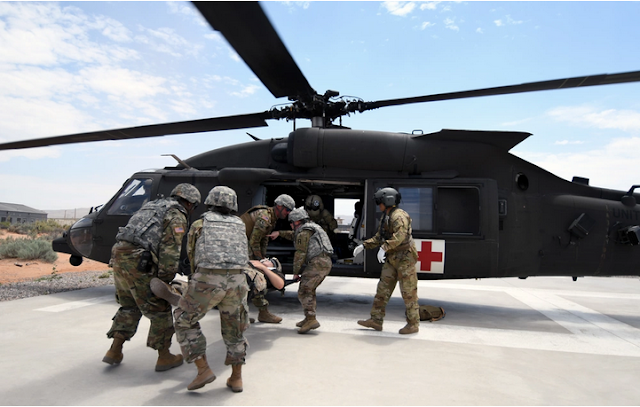U.S. Army Aviation Center Subcourse AV0611 (June 1993) Aviation Survival Part 1 - Survival Elements, Psychological Aspects, and Survival Medicine LESSON 3. BASIC SURVIVAL MEDICINE 1. GENERAL a. Foremost, among the many things that can compromise a survivor's ability to return are medical problems. Injuries commonly associated with a crash or forced landing are sprains, burns, fractures, dislocations, and other types of wounds. b. Injuries and illnesses peculiar to certain environments can reduce survival expectance. In cold climates, and often in an open sea survival situation, exposure to extreme cold can produce serious tissue trauma, such as frostbite or death from hypothermia. Exposure to heat in warm climates, and in certain areas on the open seas, can produce heat cramps, heat exhaustion, or life-threatening heatstroke. c. Illnesses contracted during evasion or in a captivity environment can interfere with successful survival. Among these are typhus...









